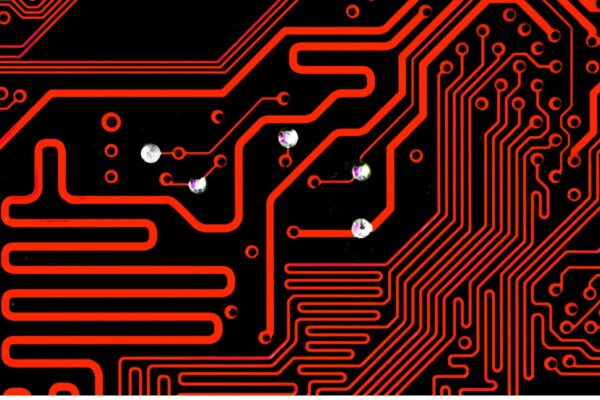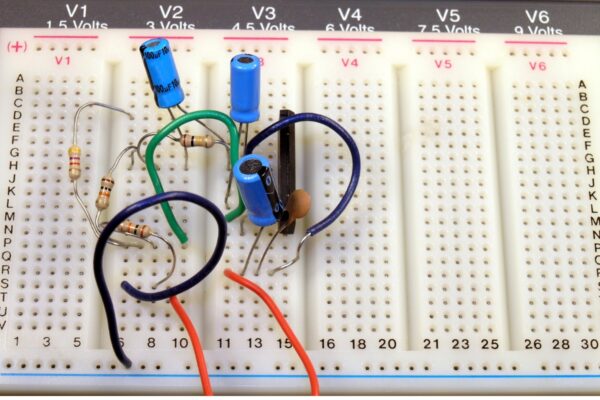What is Blind Via
A blind via is a specific type of connection used to link an outer layer of a PCB with one or more inner layers, without traversing the entire board. Unlike through-hole vias that penetrate the entire PCB, blind vias are only visible from one side, hence the term “blind.” These vias are commonly employed in multilayer PCB designs where there is a need to establish connections between non-adjacent layers.
Blind vias are created by drilling holes that connect the outer layer(s) to the inner layer(s), and they are defined as a separate drill file. The specifications for blind vias may vary depending on the specific requirements of the PCB design and the manufacturer. However, the given context provides some examples of blind vias, such as mechanical blind vias and laser blind vias, along with their respective specifications.
Mechanical blind vias, for instance, have an aspect ratio of 1:1, meaning that the depth of the hole is equal to the diameter of the drill used. The minimum and maximum drill diameters for mechanical blind vias are 200µm and 300µm, respectively. The via pad size is 400µm, and the minimum annular ring size is 100µm.
On the other hand, laser blind vias also have an aspect ratio of 1:1, with a minimum and maximum drill diameter of 100µm. The via pad size for laser blind vias is 280µm, and the minimum annular ring size is 90µm.
Blind vias are distinct from buried vias, which are used to connect multiple inner layers without any connection to the outer layers. Additionally, there are other types of vias used in PCB manufacturing, such as stacked vias and micro vias, each serving specific purposes.





